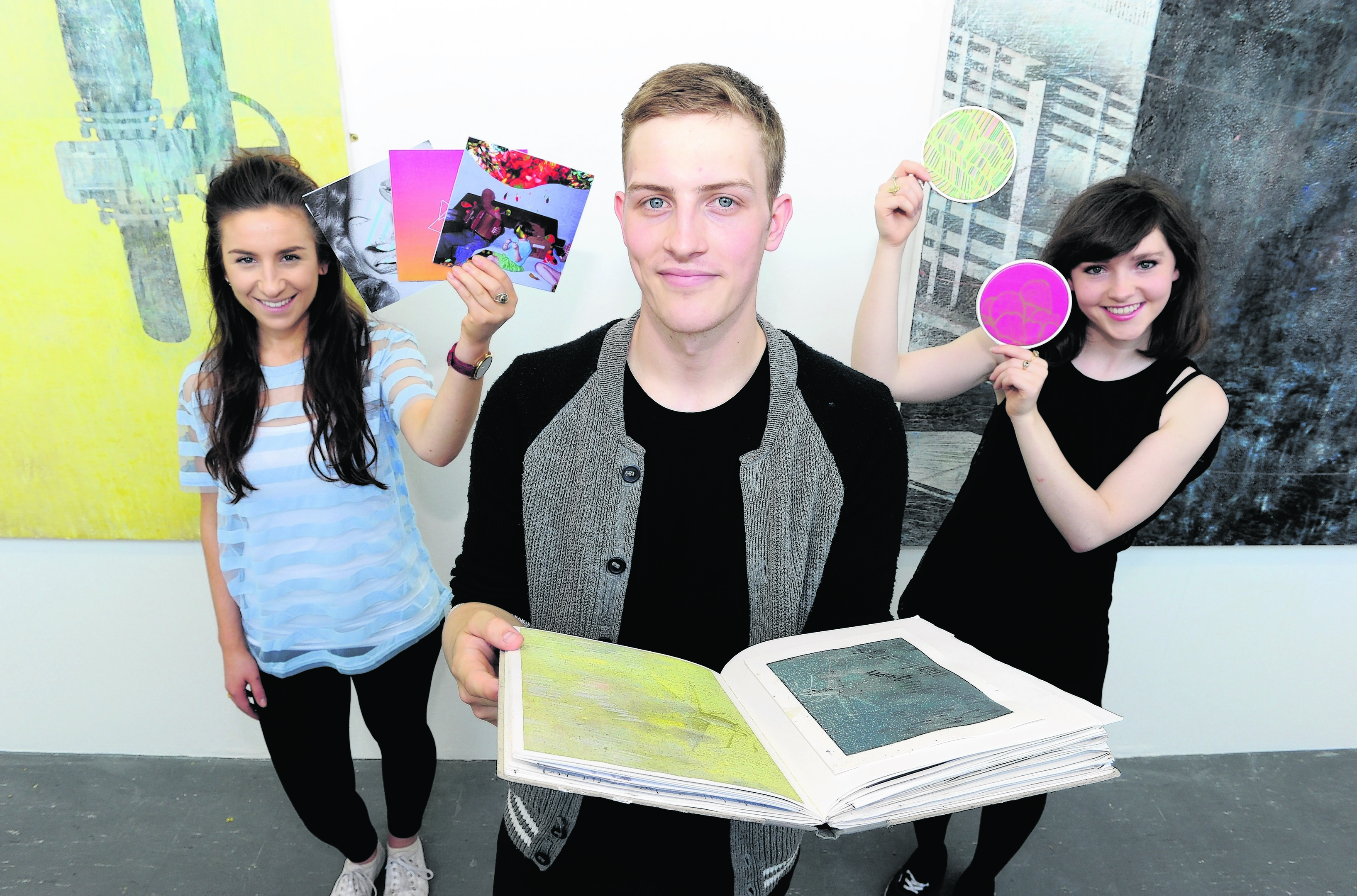The recent fire at Glasgow School of Art struck a chord with the nation. It highlighted the importance of our artistic heritage, but also demonstrated the vibrancy that Scotland’s young artists bring to our cultural identity.
Attendees at student degree shows across the country this summer will no doubt approach the showcases with renewed focus, sharpened by the thought of what it would be like without our young artists’ output keeping us on our toes.
For Professor Paul Harris, head of Gray’s School of Art, the aims of a degree show are many, and they begin with the pragmatic side – namely to give fourth-year students the chance to showcase their final-year creations.
“But beyond that, it’s an opportunity to show the culmination of four years of creative activity from the youngest and freshest people on the planet,” Paul said.
“Every time a degree show opens, it’s like a PhD is being published.”
The hallmark of a great degree show, he explained, is that the work on display should go “beyond merely the aesthetic”.
“Each member of the public should be challenged and enriched by what they see, and go away having seen things that have caused them to think.”
This doesn’t mean shock value for the sake of it, though. Rather, his students learn over the course of their four years at the school, the importance of “nuanced engagement”. Whether studying fine art, design, fashion or textiles, they are encouraged to find ways to connect with the audience, and also to be aware of the context in which the work will be read.
The result of this tutelage – while tough and demanding at times – is that Gray’s is able to cultivate a body of students who not only have the finest skills and craftsmanship, but also keen professional acumen, and a sensitivity to how their work will be received.
It was with a bittersweet note that Paul spoke of this year’s degree show as it will be his last. He leaves after four years at the school this summer to take up a post at Dundee’s Duncan of Jordanstone College of Art and Design.
Thankfully, he departs full of pride for his students and the work they are now putting on display for all to marvel at.
“Sometimes, you go to art schools and think: ‘there’s a real house style here’. You certainly won’t find that this year. You will see very different pieces, feels, contexts and sizes of work. It’s very refreshing,” he said of the 2014 showcase, which opens to the public on Saturday.
“I would defy any critic to say it’s the same as other schools or as previous years. It’s the best we’ve seen, and very different. There is most certainly something for everyone.”
The Gray’s School of Art Degree Show 2014 will open to the public at Robert Gordon University’s Garthdee campus, Aberdeen, on Saturday June 21 and run until Saturday, June 28. Opening times are 10am to 5pm at the weekend, and 10am to 8pm, Monday to Friday. For more information visit www.rgu.ac.uk/
events/gray-s-school-of-art-degree-show2
